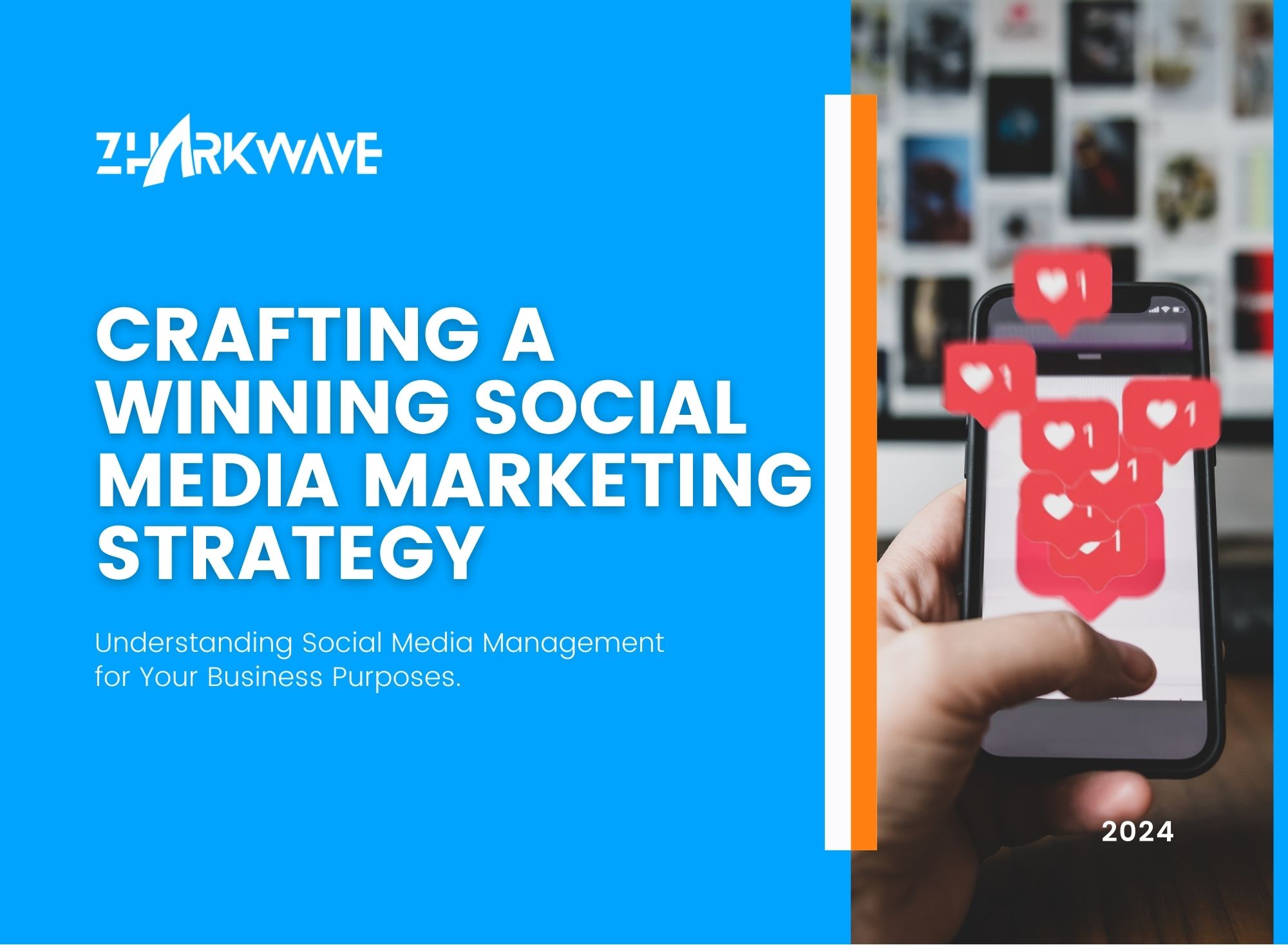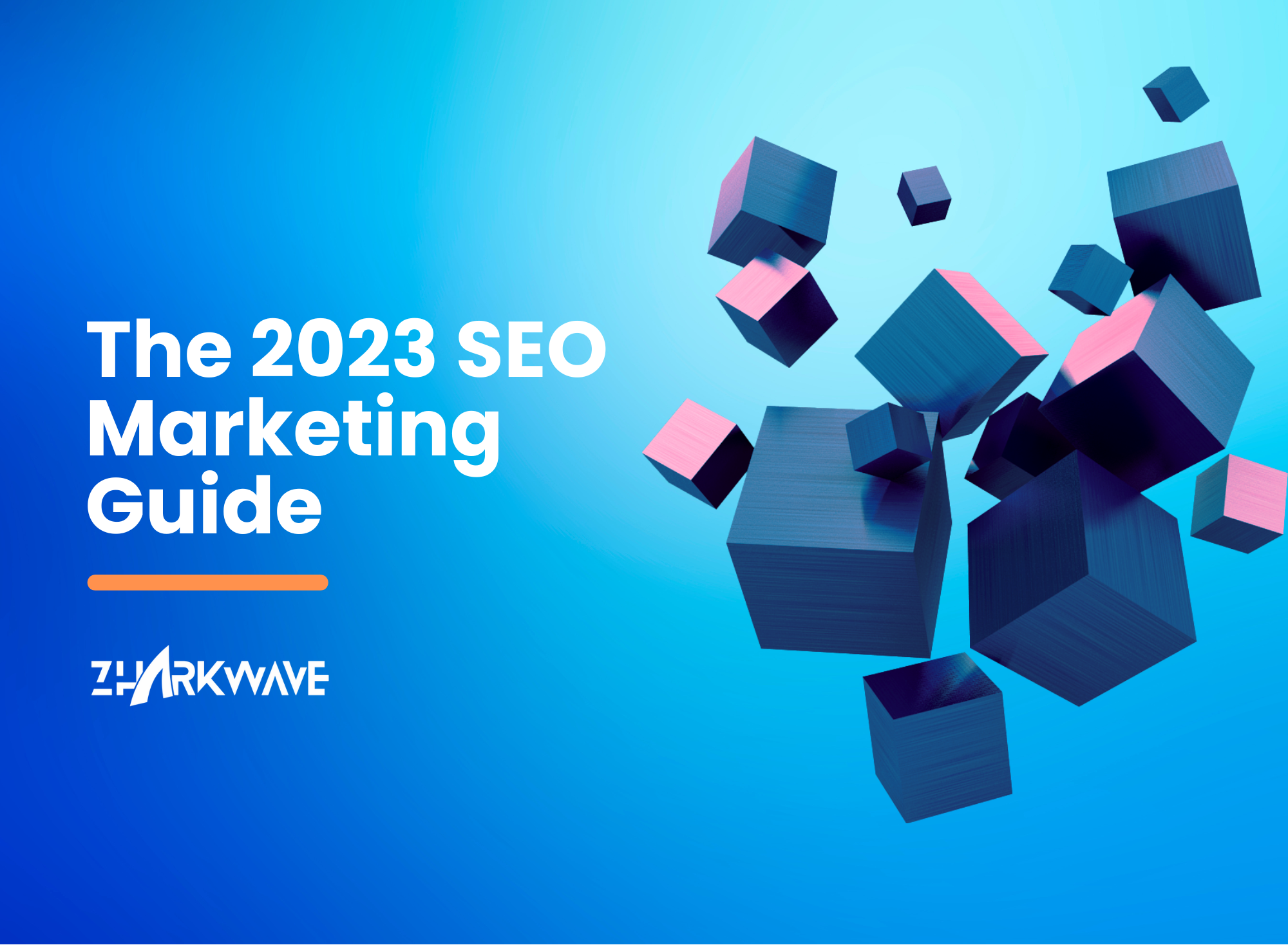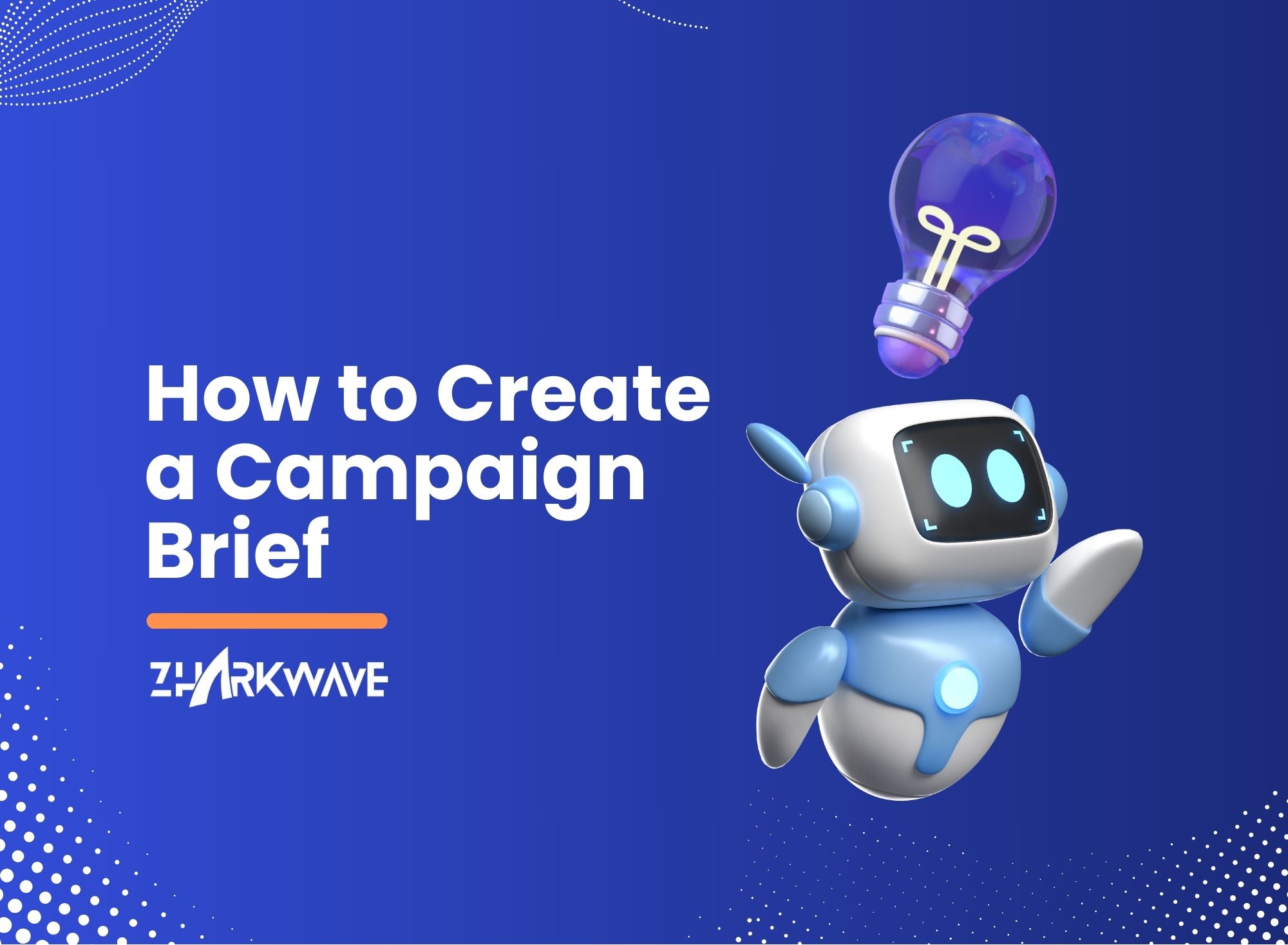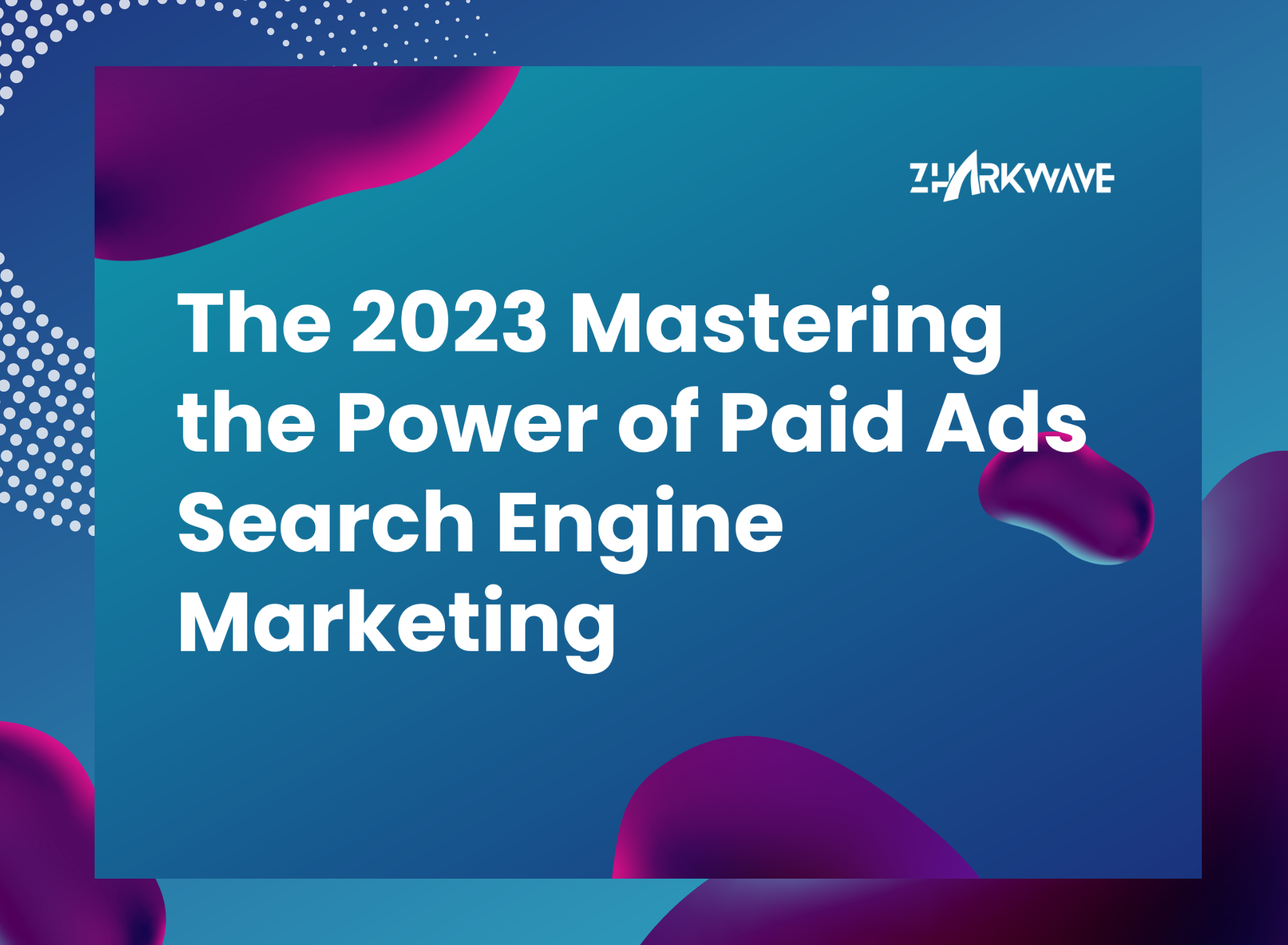B2B Marketing Growth Best Practices to Elevate Your Business

In the fast-paced world of digital marketing, the pursuit of sustainable B2B marketing growth has become more critical than ever. As businesses navigate the ever-evolving landscape, the focal point remains consistent: achieving and sustaining growth in the B2B sector.
This article aims to explore the intricacies of this vital aspect, offering an in-depth analysis of best practices to elevate your business and maximize your digital marketing efforts.
Growth Marketing Fundamentals
A. Holistic Customer Journey Mapping
At the heart of B2B marketing growth lies the fundamental shift from a transactional view to a holistic understanding of the customer journey. Growth marketing acknowledges that the customer’s interaction with your brand extends beyond a mere transaction. It involves mapping the entire journey, from the initial point of contact to post-purchase engagement.
Key Strategies:
- Touchpoint Optimization: Identify and optimize each touchpoint in the customer journey, ensuring a seamless and engaging experience.
- Content Personalization: Tailor your content to different stages of the customer journey, providing relevant and valuable information at every step.
B. Lifecycle Marketing Strategies
B2B growth marketing recognizes that customers are at different stages of their journey simultaneously. Therefore, adopting lifecycle marketing strategies becomes imperative. This involves tailoring your marketing efforts based on where customers are in their journey, ensuring personalized and relevant interactions.
Key Strategies:
- Segmentation for Personalization: Utilize market segmentation to categorize your audience based on demographics, behaviors, and preferences, allowing for personalized marketing strategies.
- Trigger-Based Marketing: Implement automated triggers based on customer actions, delivering timely and relevant messages.
C. Metrics Beyond Acquisition
Traditional marketing often focuses solely on customer acquisition. In contrast, growth marketing looks beyond the initial conversion, emphasizing metrics such as customer activation, retention, and referral. This comprehensive approach ensures that every phase of the customer journey contributes to sustainable B2B marketing growth.
Metrics to Monitor:
- Activation Rate: Measure how effectively you convert acquired users into active customers.
- Retention Rate: Evaluate the percentage of customers who continue to engage with your brand over time.
- Referral Metrics: Track the success of referral programs and the growth of your customer base through word-of-mouth.
In essence, understanding the fundamentals of growth marketing requires a paradigm shift from isolated transactions to a comprehensive, customer-centric approach. By embracing the holistic mapping of the customer journey, adopting lifecycle marketing strategies, and expanding metrics beyond acquisition, businesses lay the groundwork for sustained B2B marketing growth.
Developing a Growth Mindset in Your Organization
At the core of successful B2B marketing growth lies the cultivation of a growth mindset within your organization. This goes beyond a catchphrase; it is a cultural shift that permeates every aspect of your business. A growth mindset is the belief that abilities and intelligence can be developed over time through dedication and hard work. In the context of B2B marketing, this mindset becomes the driving force behind innovation, adaptability, and resilience.
The Components of a Growth Mindset:
-
Encourage Risk-Taking: Create an environment where calculated risks are not only accepted but encouraged. This fosters a culture of experimentation and creativity, where employees feel empowered to explore new ideas without fear of failure.
-
Learning and Development Initiatives: Invest in ongoing learning opportunities for your team. This includes training programs, workshops, and access to resources that keep them abreast of industry trends, emerging technologies, and evolving customer behaviors.
-
Embrace Failure as a Learning Opportunity: In a growth mindset culture, failure is not seen as a setback but as an invaluable learning experience. Encourage open discussions about failures, dissecting them to extract lessons that can inform future strategies.
-
Promote Collaboration: A growth mindset thrives in a collaborative environment. Break down silos within your organization, fostering cross-functional collaboration that brings diverse perspectives to the table. This not only sparks innovation but also ensures that the entire organization is aligned toward the common goal of growth.
Real-World Examples:
Google’s “20% Time”: Google famously allows its employees to spend 20% of their workweek on projects of their choosing. This policy has led to the development of groundbreaking products such as Gmail and Google Maps, showcasing the power of giving employees the freedom to innovate.
- Salesforce’s Ohana Culture: Salesforce places a strong emphasis on its “Ohana” culture, which promotes a sense of family and inclusivity. This culture encourages employees to take risks, fostering a collective commitment to growth and success.
Personas and Target Audiences
Precise targeting is paramount in B2B marketing growth. Begin by clearly defining your target audience and constructing detailed buyer personas. Understand the pain points, preferences, and behaviors of your audience to tailor your marketing strategies accordingly.
A. Market Segmentation
Divide your target audience into segments based on demographics, behavior, and preferences. This allows for a more personalized and effective approach to reaching your potential clients.
B. Persona Development
Create detailed buyer personas for each segment. These personas should go beyond basic demographics, encompassing information such as job roles, challenges, goals, and decision-making processes. The more granular and accurate your personas, the better you can tailor your messaging and content.
C. Journey Mapping for Personas
Applies the concept of customer journey mapping to each buyer persona. Understand how different personas interact with your brand at various stages of the buyer’s journey. This insight enables you to create targeted content and experiences that resonate with each persona at the right moment.
D. Persona-Based Content Strategy
Develop a content strategy that aligns with the preferences and needs of each persona. This involves creating content that speaks directly to the challenges and goals of specific buyer personas. Whether it’s blog posts, whitepapers, webinars, or social media content, tailoring your materials to resonate with your personas enhances engagement and conversion rates.
Developing a Data-Driven Marketing Strategy
In the digital age, data is the cornerstone of effective B2B marketing growth. Leveraging analytics and data-driven insights empower marketers to make informed decisions and optimize strategies in real time.
Essential Components:
- Key Performance Indicators (KPIs): Identify and monitor KPIs relevant to your business goals to gauge the success of your marketing efforts.
- User Behavior Analysis: Understand how your audience interacts with your digital assets, utilizing this information to refine and tailor your approach.
Advanced Data Strategies:
- Predictive Analytics: Employ advanced analytics to forecast future trends and behaviors, allowing for proactive decision-making.
- Machine Learning Algorithms: Implement machine learning algorithms to analyze vast datasets and uncover patterns that human analysis may overlook.
Personalization through Data:
- Dynamic Content: Tailor your content dynamically based on user behavior, providing a personalized experience that resonates with individual preferences.
- Behavioral Targeting: Utilize data to target users based on their online behavior, ensuring that your marketing messages are relevant and timely.
By embracing a data-driven marketing approach and incorporating advanced data strategies, your B2B enterprise can not only understand customer behavior but also anticipate their needs and preferences. This level of insight allows for more effective targeting and personalized experiences, ultimately driving growth and enhancing customer satisfaction.
Testing and Optimizing Your Strategy
Continuous improvement is a hallmark of successful B2B marketing growth. Implementing a robust testing and optimization strategy allows businesses to refine their campaigns over time.
Testing Techniques
A/B Testing: Compare two versions of a webpage or campaign element to determine which performs better.
Multivariate Testing: Test multiple variations of different elements simultaneously to identify the most effective combination.
Optimization Methods
Conversion Rate Optimization (CRO): Focus on improving the percentage of website visitors that convert into customers.
User Experience (UX) Optimization: Enhance the overall experience of your audience on digital platforms by optimizing navigation, design, and content.
The Importance of Comprehensive Testing
Successful B2B marketing growth is intrinsically linked to an organization’s ability to adapt and improve continually. A comprehensive testing strategy allows businesses to evaluate the effectiveness of different elements, from ad copy and design to website functionality. Through rigorous testing, businesses can uncover insights into what resonates most with their audience and refine their strategies accordingly.
The Role of Continuous Optimization
Optimization is not a one-time effort but an ongoing process. Continuous optimization involves analyzing performance metrics, identifying areas for improvement, and implementing changes to enhance overall effectiveness. This iterative approach ensures that your B2B marketing efforts remain dynamic and responsive to evolving market trends.
Implementing Data-Driven Insights in Optimization
Data-driven insights play a pivotal role in the optimization process. By closely monitoring key performance indicators and user behavior, businesses can uncover patterns and trends that inform strategic decisions. For example, if certain marketing channels consistently yield higher conversion rates, allocating more resources to those channels becomes a logical optimization step.
Striking the Right Balance
While the importance of testing and optimization cannot be overstated, it’s crucial to strike the right balance. Avoid the temptation to make changes impulsively without sufficient data or to rely solely on historical data without considering current market dynamics. Striking the right balance involves a combination of data-driven decision-making and a nuanced understanding of your target audience.
In conclusion, achieving sustainable B2B marketing growth requires a multifaceted approach that integrates growth marketing fundamentals, a growth mindset, precise audience targeting, a data-driven approach, and a commitment to testing and optimization. As you embark on the journey to elevate your B2B marketing efforts, remember that adaptability and continuous improvement are key.
In the dynamic world of digital marketing, staying ahead necessitates embracing change, staying informed about industry trends, and adjusting strategies based on data and feedback. By integrating the aforementioned best practices into your marketing approach, your business positions itself for growth and enduring success in the competitive B2B arena.
Through adaptability and strategic implementation, your B2B enterprise can navigate the complexities of the digital landscape, emerging stronger and more resilient than ever.
Navigate your success in B2B business with our digital marketing solutions as well. You can make it happen if you work with us!
Similar Content
Whitepapers
Subscribe to Zharkwave's content
*By submitting your Email Address, you are agreeing to all conditions of our Privacy Policy







